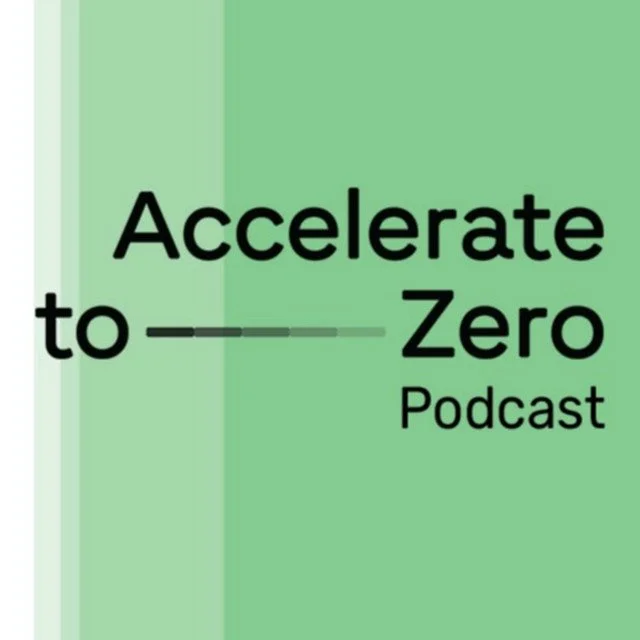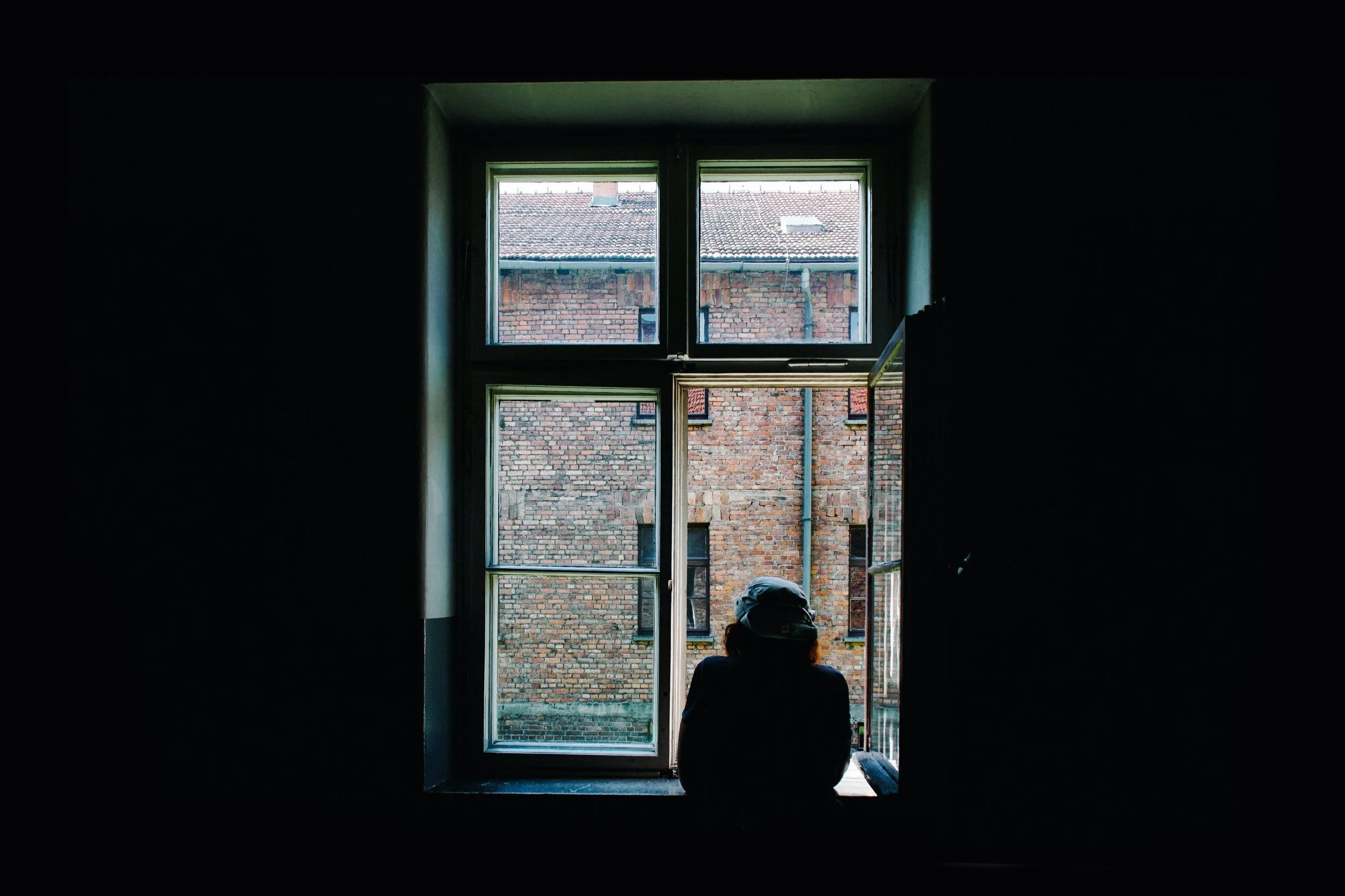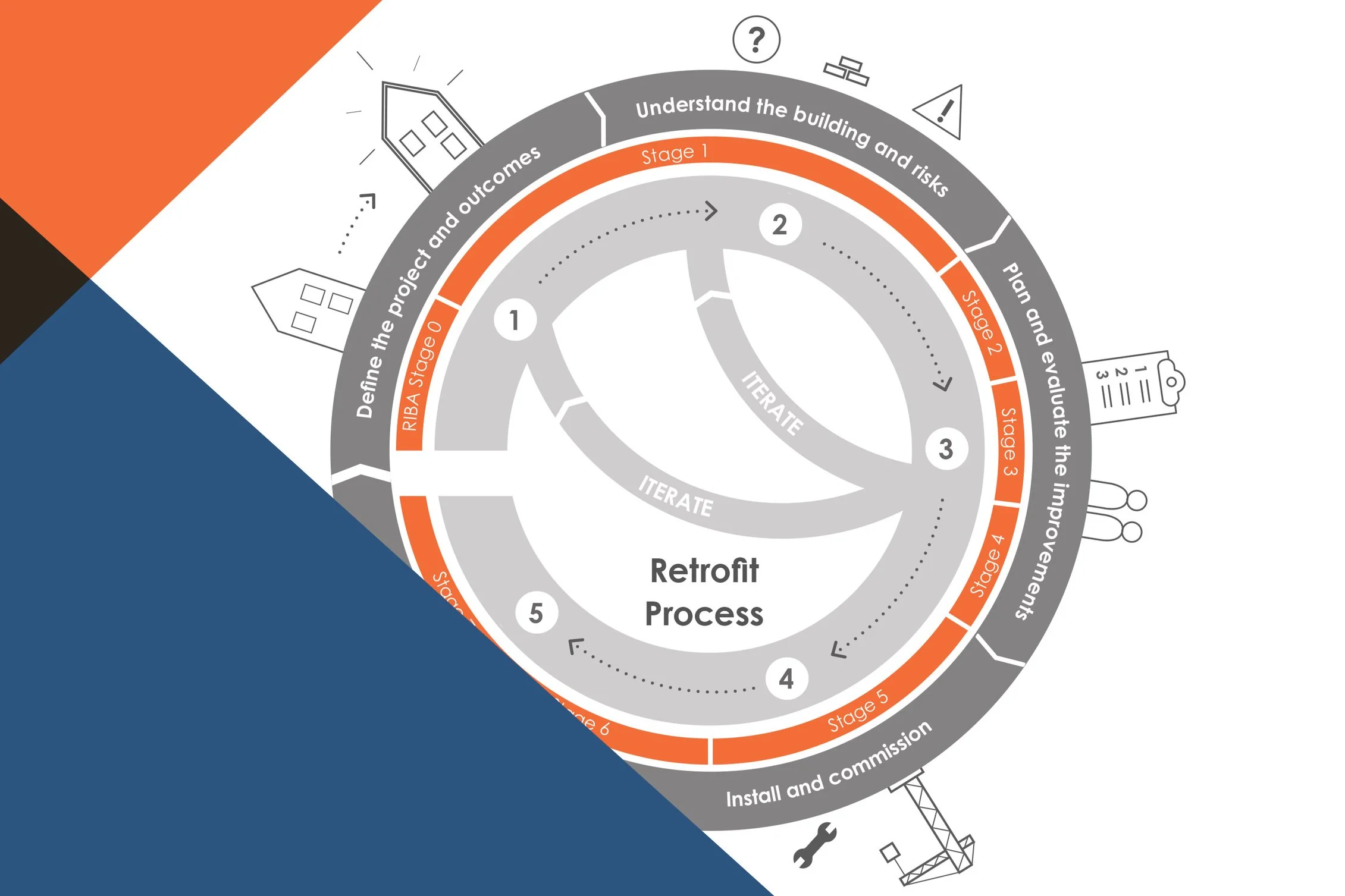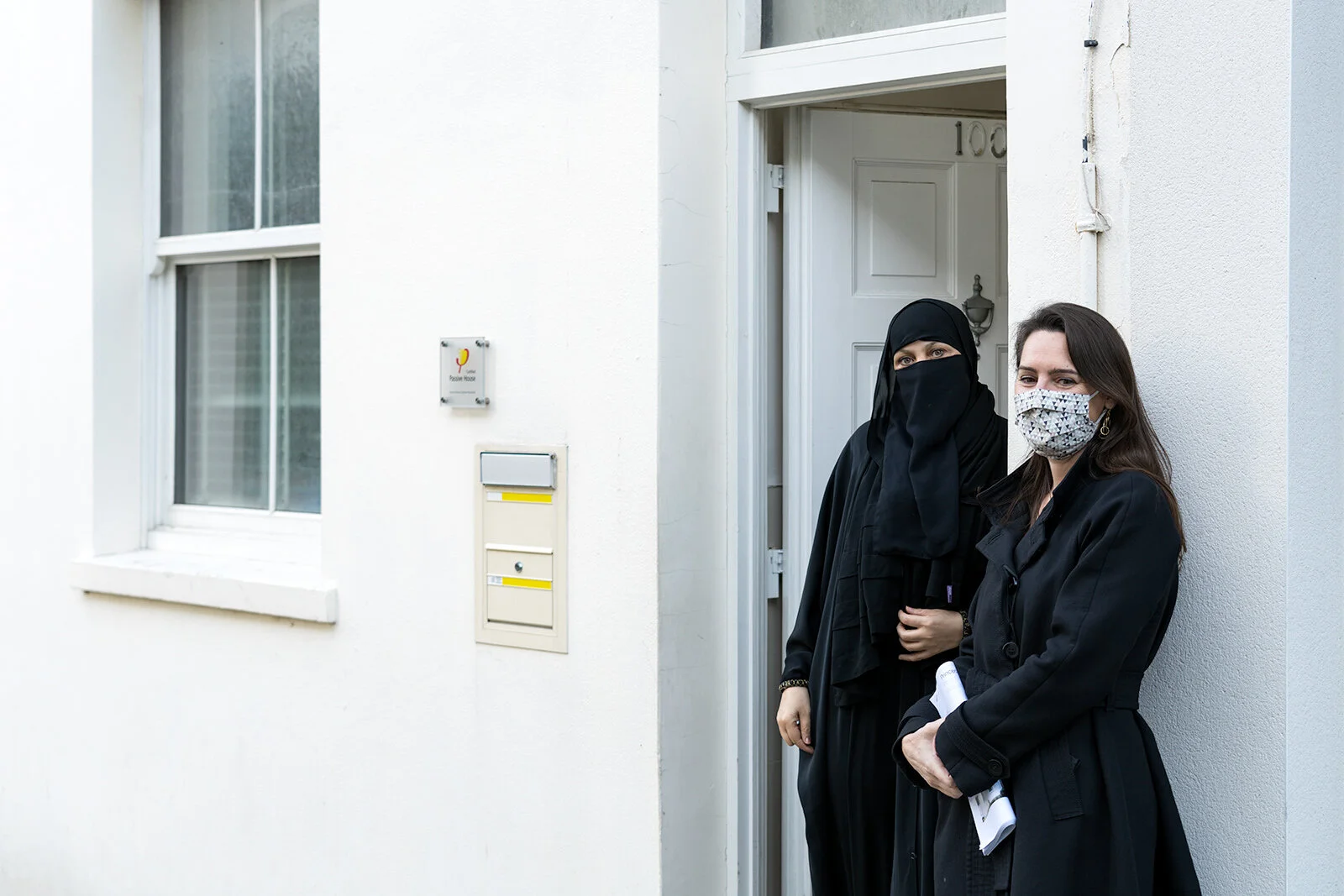Climate conscious architecture
Our projects are developed with sustainability in mind from the outset by using a fabric first approach, minimising operational energy demand and responsibly sourcing materials.
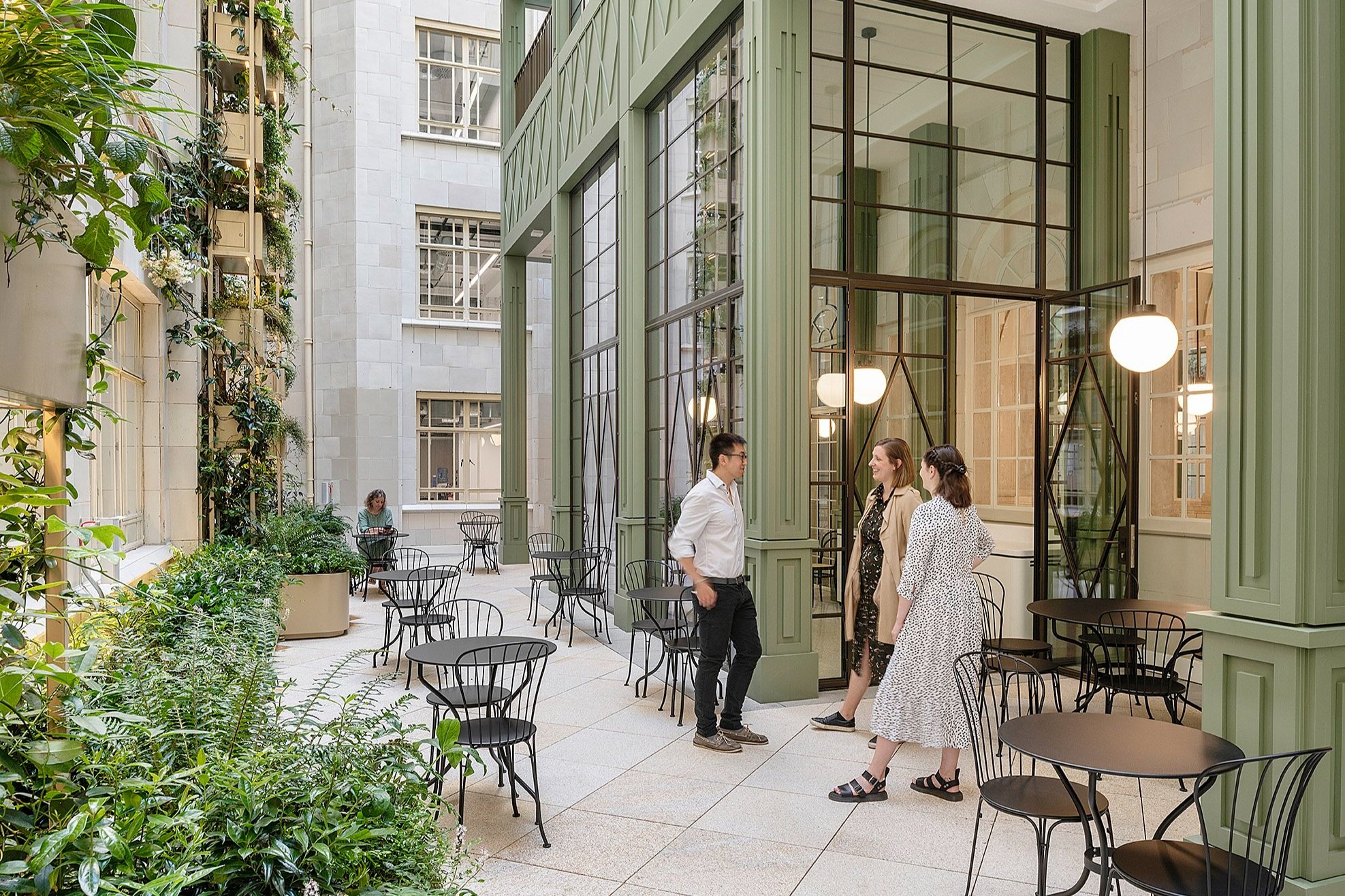
By applying sound environmental principles such as energy efficiency, water conservation, sustainable material use, indoor environment quality, biodiversity, site optimisation, waste reduction and smart building systems, we are providing meaningful change. We understand our crucial role in reducing carbon emissions in the built environment and believe carbon is now a key measure of architectural design quality.
Our approach
Our fabric first approach means we work to improve the performance of the components and materials that form the building envelope before addressing services systems and equipment to reduce usage and energy demand. This helps with energy efficiency by reducing demand and therefore their related carbon emissions. By using advanced, dynamic software tools such as WUFI and PsiTherm we are able to design more efficient and durable buildings. The detailed analysis of heat and moisture transfer through the building envelope helps to identify future risk through climate-specific modelling.
This iconic Art Deco department store on Oxford Street is retrofitted and reimagined as a vibrant, mixed-use development.
Mixed-use development to achieve the highest possible standards of sustainable design for Cadogan.
Net-zero carbon refurbishment of two floors of a 1920s, neo-Georgian building for Grosvenor.
Retrofit and new entrance pavilion for the landmark, Grade II listed Shell Mex House, creating a flexible workplace for the future.
Transformation of a unique, Grade I listed, building and adjacent sites into a new hotel.
A former 1960s office building is converted into a new, exclusive 45 suite hotel for The Dorchester Collection.
The first Victorian residential retrofit in the UK to be certified to Passivhaus standard.
Transformation of a dark and unusable space into a highly bespoke new office for the practice.
Two 1960s buildings with 92 apartments are externally retrofitted whilst occupied for CIT.
Innovative and comprehensive retrofit, refurbishment and extension of a ten storey, concrete framed, 1970s structure with 1990s glazed, curtain wall cladding that is prone to overheating.
Retrofit
Retrofitting existing buildings can avoid the substantial embodied carbon emissions associated with new construction and helps to preserve our architectural heritage. With a creative approach, it can enable buildings to adapt to changing needs and technologies, ensuring their relevance and functionality for years to come.
We would advocate addressing six principal areas, which should be considered holistically, as marginal gains in a number of areas can often add up to a significant outcome. These comprise the five principles defined in the Passivhaus standard with the addition of moisture. We add this because it is important to understand and manage moisture particularly when dealing with existing buildings.
The key retrofit principles to create a comfortable living environment are sufficient insulation; efficient windows; sufficient levels of ventilation; robust air-tightness; minimal thermal bridge and careful management of moisture balance. Read more about this approach here.
Training and knowledge
We continually train and upskill our teams in low energy design for both new build and existing buildings with a focus on Passivhaus, retrofit and building physics. This means we’re equipped to design responsibly and support the industry’s need to rethink the design process for more sustainable outcomes.
Our in-house sustainability team is led by Federica Romeo Beattie. Our specialists include eight Passivhaus designers, five retrofit coordinators and a WUFI specialist. They are on hand to assist with all projects in the practice.
Design standards
We design to high accreditations to ensure optimal environmental performance, occupant wellbeing, energy efficiency, and sustainability throughout the building's lifecycle. These rigorous standards provide a comprehensive framework for creating buildings that minimize environmental impact, maximize resource efficiency, promote health and comfort, and contribute to global climate goals.































